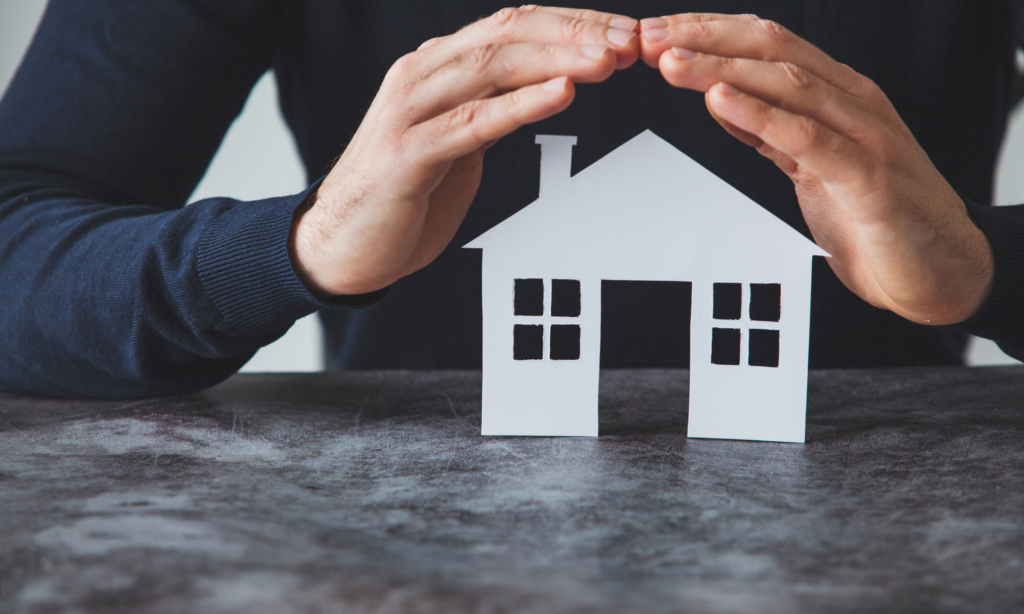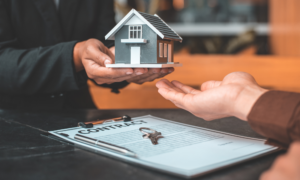When purchasing a home for residence, evaluating the safety level of the surrounding neighborhood is crucial. Alongside factors like convenient location, quality infrastructure, public amenities, and and affordability, a safe and secure environment directly impacts the quality of life for your family and the long-term value of the home.
Ensuring the safety of the neighborhood enhances quality of life
Choosing a safe neighborhood is crucial when deciding where to live. Its benefits extend beyond peace of mind and protection against property theft. It also deeply influences various aspects of life.
- A safe neighborhood fosters healthy living conditions for families, especially children, free from crime and criminal activity like drugs, gambling, and more.
- It creates a friendly, civilized atmosphere where people feel comfortable engaging in daily activities.
- It ensures children can attend school safely, without fear of robbery or violence on their way.
- It allows people to feel secure when moving around, without excessive concern for theft or assault.
Moreover, a safe neighborhood not only fosters but also enhances property value. Purchasing a home in a secure area often means higher selling prices and rental potentials compared to less safe locations. Therefore, seeking a safe neighborhood is a smart investment for the future.
Useful sources of information
After determining crucial factors, the next step involves gathering information to realistically assess the safety level of the area. Buyers can refer to the following sources for this valuable information:
- Crime statistics websites: Platforms like CrimeReports, NeighborhoodScout, etc., provide detailed statistical figures and comparisons of crime rates between neighboring areas and national averages.
- Local police department websites: These platforms often offer security maps, highlight risky areas, provide crime prevention tips, etc., which can be highly beneficial.
- Social media community groups: Joining local forums, closed groups, or social media platforms enables a firsthand view of security concerns within the community.
- On-site visits: After collecting sufficient information, buyers should visit the area both during the day and at night to observe and assess the reality.
- Local insights: Conversing with residents provides invaluable information that might not be available online.
By utilizing these resources, buyers can gain a comprehensive understanding of the neighborhood’s safety level and make informed decisions.
Highly secure neighborhoods often share several key characteristics.
- Low crime rates: Common incidents like theft, robbery, disturbances, and assaults occur infrequently thanks to regular law enforcement patrols and proactive community initiatives.
- Tight security: such as security cameras, security guards in gated communities, and controlled access points, making it difficult for organized crime to operate.
- Community culture: these neighborhoods foster a strong community culture where residents are invested in one another’s safety and collaborate to deter criminal activity.
Selecting a highly secure neighborhood not only ensures peaceful living conditions but also increases the real estate investment value for families. It allows homeowners to enjoy greater peace of mind, an improved quality of life, and increased property value, making it a top priority for buyers seeking a safe and stable environment for their families.




